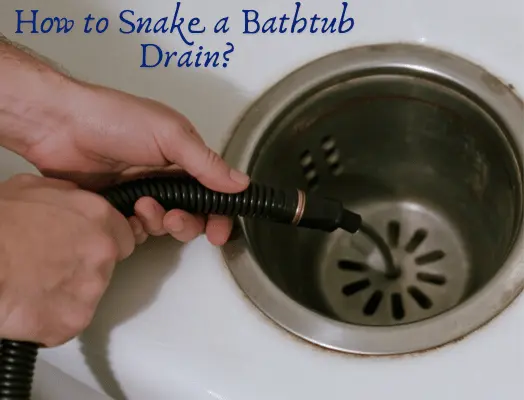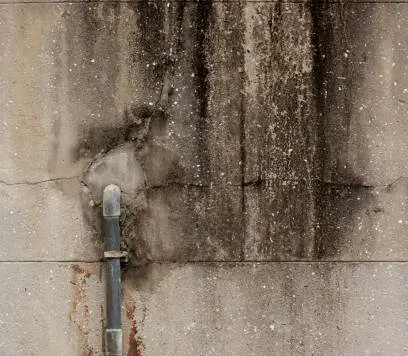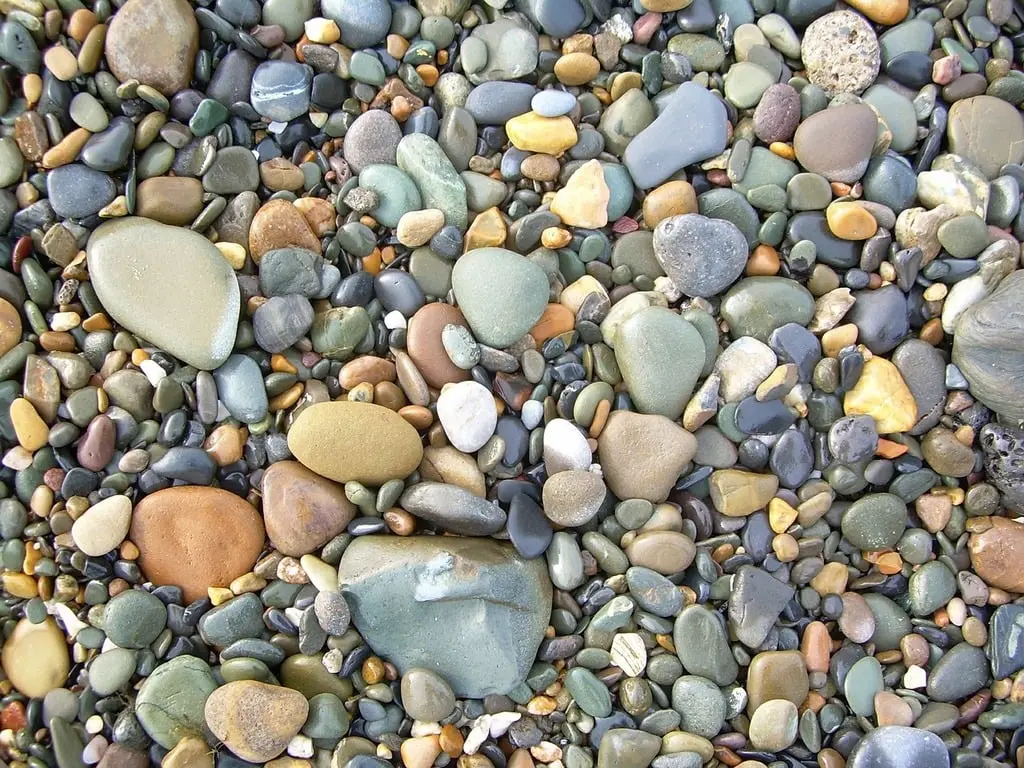Introduction
A clogged bathtub drain can be more than just a minor annoyance; it can disrupt your daily routine, cause unpleasant odors, and even lead to water damage if left unaddressed. How to snake a bathtub drain? Over time, hair, soap scum, body oils, and other debris naturally accumulate in your drainpipes, eventually forming stubborn blockages that prevent water from flowing freely.
While many homeowners reach for chemical drain cleaners, these can be harsh on your plumbing and dangerous to handle. Instead, using a drain snake, also known as a plumber’s auger, is a safe, effective, and budget-friendly method for clearing deep clogs without damaging your pipes.
Whether you’re dealing with slow drainage, gurgling sounds, or standing water after a shower, learning how to snake a bathtub yourself can help restore smooth flow and save money on professional plumbing services. This detailed guide will walk you through everything you need to know, from recognizing the signs of a clog and gathering the right tools to safely using a drain snake and preventing future blockages.
| Point | Detail |
|---|---|
| Issue | Clogged bathtub drain disrupts daily use and may cause damage. |
| Cause | Buildup of hair, soap scum, and oils. |
| Risk | Chemical cleaners can harm pipes and health. |
| Solution | Drain snake is safe, effective, and affordable. |
| Goal | Teach how to unclog and prevent future issues. |
How to Snake a Bathtub Drain?
How to snake a bathtub drain? Snaking a bathtub drain is a practical and effective way to clear stubborn clogs caused by hair, soap scum, and other debris. To begin, remove the drain cover or stopper using a screwdriver or by twisting it off, depending on your tub’s design. Once exposed, inspect the drain opening and remove any visible buildup using tweezers or pliers. Next, insert a drain snake, a flexible, coiled metal cable, into the drain.
As you feed the snake into the pipe, gently rotate the handle clockwise to guide it through curves and bends. When you feel resistance, you’ve likely reached the clog. Continue rotating and applying steady pressure to break up or hook the blockage. Avoid forcing the snake, as this could damage your plumbing. Once the resistance eases, slowly pull the snake back out, bringing the debris with it.
Dispose of any gunk in a trash bin and flush the drain with hot water to clear the remaining residue. You may also pour a mixture of baking soda and vinegar down the drain for added deodorizing and cleaning. Finally, replace the drain cover or stopper and test to ensure the water flows freely. With care and patience, snaking a bathtub drain can restore proper drainage without the need for professional help.
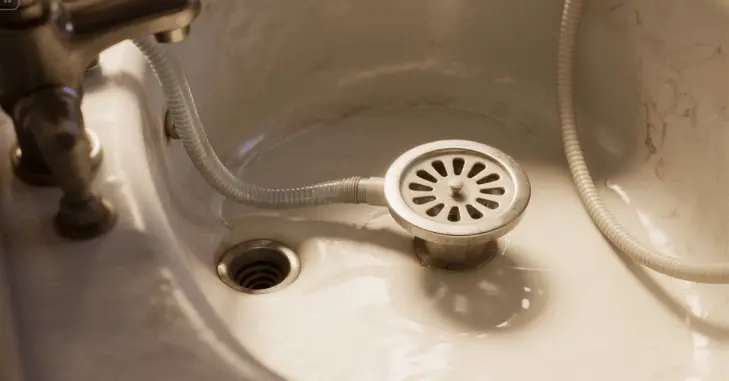
What Is a Drain Snake?
A drain snake (also known as a plumber’s auger) is a flexible, coiled metal cable that can be inserted into a drain to break apart or remove blockages. It’s a handy tool that comes in both manual and motorized versions and is widely used by homeowners and professionals alike.
Signs Your Bathtub Drain Needs Snaking
Before reaching for the snake, it’s important to first determine whether snaking is actually necessary. There are several common signs that indicate a clog deep enough to require this tool. One of the most noticeable signs is when water drains slowly or doesn’t drain at all, leaving water to pool in the tub for extended periods.
You might also hear unusual gurgling sounds coming from the drain, which suggest air is trapped in the plumbing due to a blockage. Another clear indication is the presence of standing water during or after showers, which often means that debris has built up and is preventing proper flow.
Additionally, if foul or musty smells are rising from the drain, it’s likely that trapped hair, soap scum, or other organic material is decomposing within the pipes. These signs together strongly suggest that snaking the drain may be the most effective solution.
Tools and Materials You’ll Need
- Drain snake (manual or powered)
- Screwdriver (to remove the drain cover)
- Needle-nose pliers or tweezers
- Bucket or bowl (for catching debris)
- Rubber gloves
- Old towels or rags
- Flashlight (optional but helpful)
- Baking soda and vinegar (for post-snake cleaning)
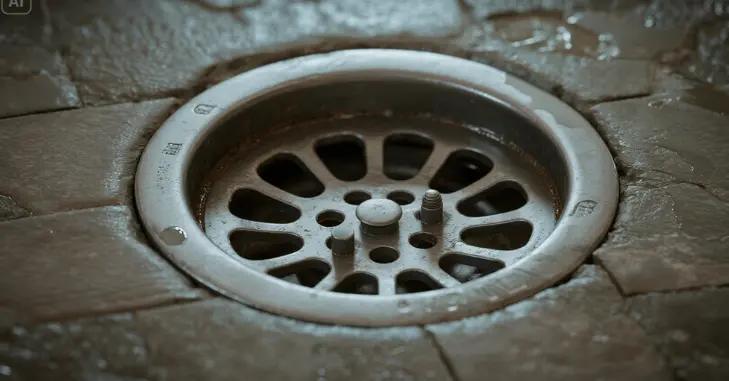
Step-by-Step: How to Snake a Bathtub Drain
Step 1: Remove the Drain Cover
Start by removing the bathtub’s drain stopper or cover:
- For pop-up stoppers, lift the stopper and twist to detach it.
- For screw-in covers, use a screwdriver to remove the screws.
- Set the cover and screws aside in a safe place.
Step 2: Clear Surface Debris
- Use a flashlight to inspect the visible portion of the drain.
- You may see hair or gunk near the surface.
- Use pliers or tweezers to remove any accessible debris before snaking.
Step 3: Insert the Drain Snake
Put on gloves, then slowly insert the tip of the drain snake into the drain opening.
- Push the cable down gently while turning the handle clockwise.
- Keep feeding the cable until you feel resistance; this usually means you’ve reached the clog.
Step 4: Break Through the Clog
Once the snake reaches the blockage:
- Rotate the snake while applying gentle pressure.
- This will either break up the clog or hook it, allowing you to pull it out.
- Don’t force the cable—use steady, firm motions to avoid damaging the pipe.
Step 5: Withdraw the Snake
Once you feel the resistance lessen or the snake move freely again:
- Slowly pull the snake out of the drain.
- Be prepared for messy debris to come out with it—have your bucket or towels ready.
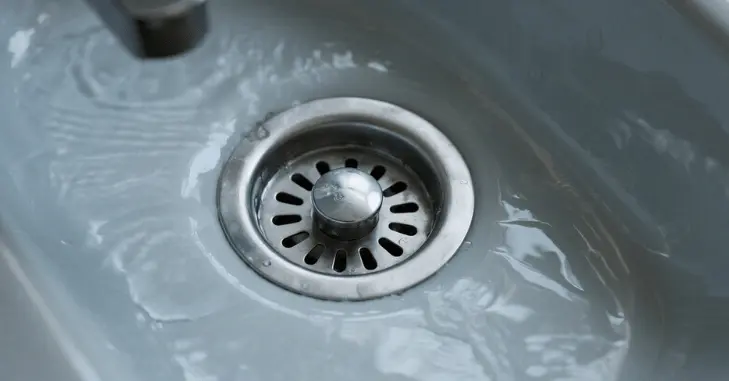
Tips for Snacking Effectively
When snaking a bathtub drain, it’s important not to rush the process. Take your time to carefully feed the snake into the drain, especially as you approach the clog. Moving too quickly can cause the cable to coil up or miss the blockage entirely.
Equally crucial is using the right type of drain snake. For most bathtub drains, a cable with a diameter between ¼ inch and ⅜ inch is ideal. This size is flexible enough to navigate the tight bends and curves in your plumbing, yet sturdy enough to tackle common obstructions like hair, soap scum, and buildup.
Another critical safety tip is to avoid using chemical drain cleaners before snaking. These products are highly corrosive and can remain active in the pipes. If you attempt to snake the drain after pouring them in, you risk splashing harmful chemicals onto your skin, into your eyes, or onto surrounding surfaces.
When to Call a Professional
If snaking doesn’t work or you encounter:
- Strange noises from pipes
- Persistent foul odors
- Recurring clogs shortly after clearing
- Difficulty reaching the clog
Preventing Future Bathtub Clogs
To avoid future drain issues and maintain a smoothly running bathtub, adopting a few simple preventive measures can make a big difference. First, consider using a drain catcher, a small, inexpensive tool that sits over or inside the drain and traps hair, soap particles, and other debris before they can go down the pipe.
In addition, flushing the drain with hot water once a week is a helpful routine to dissolve and rinse away early buildup of soap residue, body oils, and other materials that can stick to the inner walls of your pipes. For added effectiveness, some homeowners also occasionally pour a mixture of baking soda and vinegar down the drain before flushing with hot water.
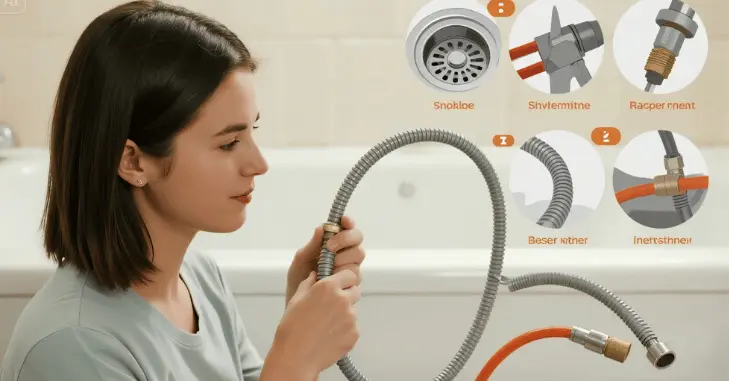
Conclusion
How to snake a bathtub drain? Snaking a bathtub drain may seem intimidating at first, but with the right tools, techniques, and safety precautions, it’s a manageable task that can quickly resolve common plumbing issues. By taking your time, avoiding chemical cleaners, and using a properly sized snake, you can successfully eliminate clogs and prevent further damage to your pipes.
Remember to monitor your drain’s performance and take preventive steps like using a drain catcher, flushing with hot water weekly, and regularly cleaning the stopper to minimize future buildup. If the problem persists or appears more severe, don’t hesitate to contact a professional plumber.
Want to know about “Cleanup is Easy but Reconstruction Often Fails” Check out our “Cleaning” category.
FAQs
An all-natural method of clearing a bathtub drain that won’t harm your plumbing system is to use vinegar and baking soda.
While the snake is still off, kneel in the bathtub and push its auger end into the entrance of the overflow drain. Give the snake as much food as you can by hand.
Before utilizing a drain snake, should water be run? Before utilizing the drain snake, do not run water. Although a drain snake can pass through pipes that are filled with water if needed, it is preferable if the pipes are as dry and clean as possible.

